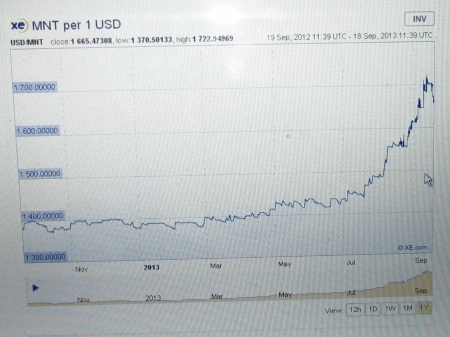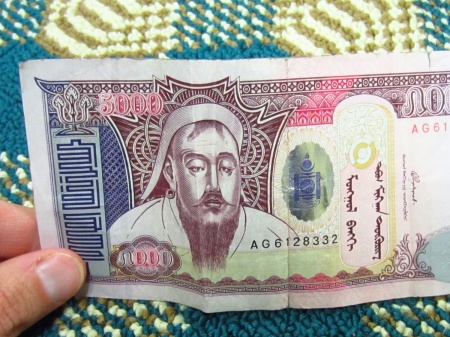Traveling and eating out are two of my favorite things 🙂
In traveling, at least the way I do it, aimlessly wandering takes up most of my day. I’ll get to the official major sites, but I’m not one for creating strict itineraries. In eating out, including during traveling, meals are decided spontaneously from a vast list of options that I can further alter to suit my taste. Preparation and clean-up are not my concern, and there’s bound to be something on the menu that I decide “Yup, that’s what I want,” which is a different thing entirely from thinking something is merely acceptable.
But, relocating to a foreign country as a Peace Corps Volunteer is neither traveling nor eating out. It is regularly cooking your own meals from what is available locally. Even when there are places around town, and my town has a few, our Volunteer stipend would not allow us to frequent them regularly. Contrast that to life back home when I seldom denied myself a dining-out opportunity.
The significance of this cannot be overstated.
My typical meals look something like this:
Breakfasts:
cereal and milk; oatmeal with raisins and brown sugar; one over-medium egg; juice; yogurt; bread and peanut butter or jam; biscuit
Lunches:
PB&J sandwich, egg salad sandwich, pasta salad, dinner leftovers,
Dinners:
Any combination of the staples: onions, garlic, potatoes, cabbage, carrots, turnips in a stir-fry or soup, sometimes with pasta, sometimes with rice, sometimes with barley, sometimes with lentils or beans; pasta; grilled-cheese sandwich; 2 eggs, sometimes with cheese;
Snacks:
salad of tomato/cucumber/pepper; often apples; sometimes bananas; my own trail mix(!) of canned peanuts, a chocolate bar, and raisins; wafer cookies; and yes (however seldom) chips, even though the American brands are 3-4 times what I would have paid at home
That all sounds quite American fare, I’m sure, and I’ll post a separate Mongolian food entry. You’ll notice that isn’t much variety, though. You’ll also notice there is no meat on that list. That’s my rule: I don’t cook meat. And if it wasn’t my rule before coming here… let’s just say, I don’t want to cook anything sold from the trunk of a car. That was quite a site!
As I’ve mentioned, one never knows what will be available in a given delguur. The upside here is that one never knows what will be available in a given delguur. To understand this upside, you would have had to have witnessed my euphoria at the unexpected… “ZUCCHINI!! I’m gonna take you home and fry you up!” And I did. And it was amazing! How many times have I wandered the produce aisles at a supermarket and inevitably ended up with my usual standards? So, even though my options are severely limited, in a way my variety has increased.
Thankfully, the Peace Corps is serious about our nutritional health and safety and provided us with The Peace Corps Cookbook—Mongolia Edition. It includes only recipes with items that we can find here, though it includes a “Posh Corps” section for those in the cities and larger towns with access to delicacies like cheese and tomatoes (that’s me!) or ovens (not me, directly). From that cookbook, I also tried my hand at green-pea (from a can) falafel, peanut butter fried rice, and zucchini risotto (it was a big zucchini!). The results were mixed but I am not done experimenting… still waiting for my first veggie-chili.
Because we can get cheese and some of my site-mates have ovens, we have occasionally (once or twice a month) had group dinners of pizza, or, most recently, home-made bread bowls for home-made broccoli-cheese soup. The day the broccoli came to town the PCVs were abuzz, “Did you hear? There’s broccoli at the Fruit and Vegetable Store.” We look out for one another.
If there is anyone willing to take the PC/Mongolia Cookbook Challenge—maybe a week, okay a weekend, of cooking from the cookbook—I’d be happy to email you the PDF. It makes for interesting reading, I think.



 Posted by eelevol
Posted by eelevol 

